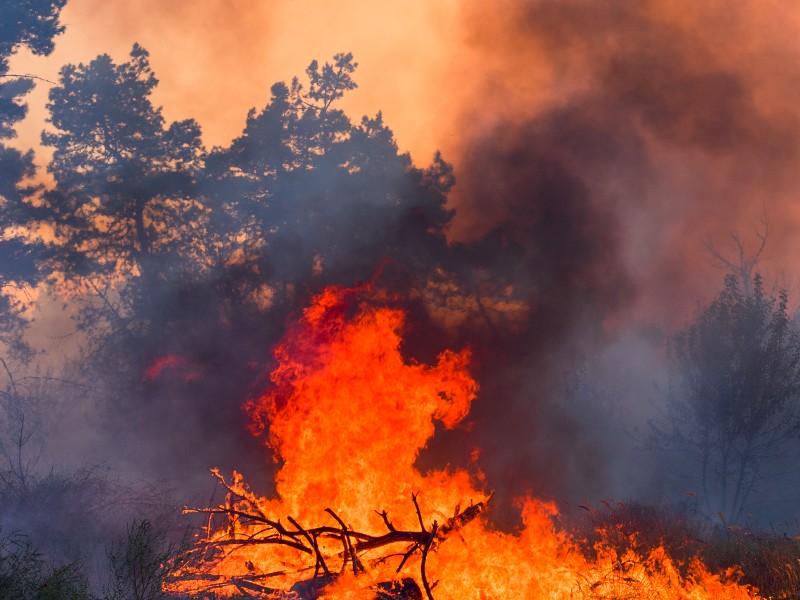

While investors are familiar with stress-testing their portfolios for various economic scenarios from a bottom-up perspective, a new tool is now available to incorporate climate change into stress-testing scenarios from the top down.
Ortec Finance, in partnership with Cambridge Econometrics, is launching a systemic climate risk scenario tool for institutional investors. It incorporates climate risks by embedding climate scenarios into traditional financial modelling.
“The one thing that’s really new in our research is that we look at the systematic risk,” says Pieter Wijnhoven, managing director at Ortec Finance Canada. “We really translate it from a top-down approach, whereas most of the stress-testing is typically done on a security level.”
To complete this analysis, the tool looks at three scenarios: Limiting global warming to 1.5 degrees Celsius through a disorderly transition; reaching global warming of three degrees Celsius based on current policy commitments; and reaching global warming of four-plus degrees Celsius, assuming no significant efforts are taken to limit global warming. It considers these scenarios over three time horizons — short term until 2030, medium term from 2030 to 2050 and long term for 2050 and beyond.
The methodology considers the climate model projections by looking at the various potential climate pathways. The tool then translates the climate pathways into GDP shocks for countries and feeds these shocks into a stochastic scenario generator. The modelling runs the effects of these shocks on different financial and economic variables, producing projections per year, per country and per economic variable for each of the three pathways. As the final step, these scenarios are run for pension funds to see how their balance sheets, including assets and liabilities, are affected.
“What we really try to do with the research is to have more of a systematic approach, because let’s say the equity market or the real estate market as a whole is affected by climate change, but even if an individual security is doing really well, regarding climate change, if the whole industry is doing badly they will all be affected massively,” says Wijnhoven.
While the top-down perspective is important, he acknowledges, using a bottom-up approach is necessary in security selection. “I think they’re complimentary.”
The effects of climate change may be many years out, but the time to act is now, says Wijnhoven. “You have to make decisions now for something that’s very far in the future. And that’s very hard for a lot of people, so it’s not like your house is on fire, you’ve got to do something about it. It’s more like your house could be on fire 80 years from now, so you have to buy fire insurance now.”
